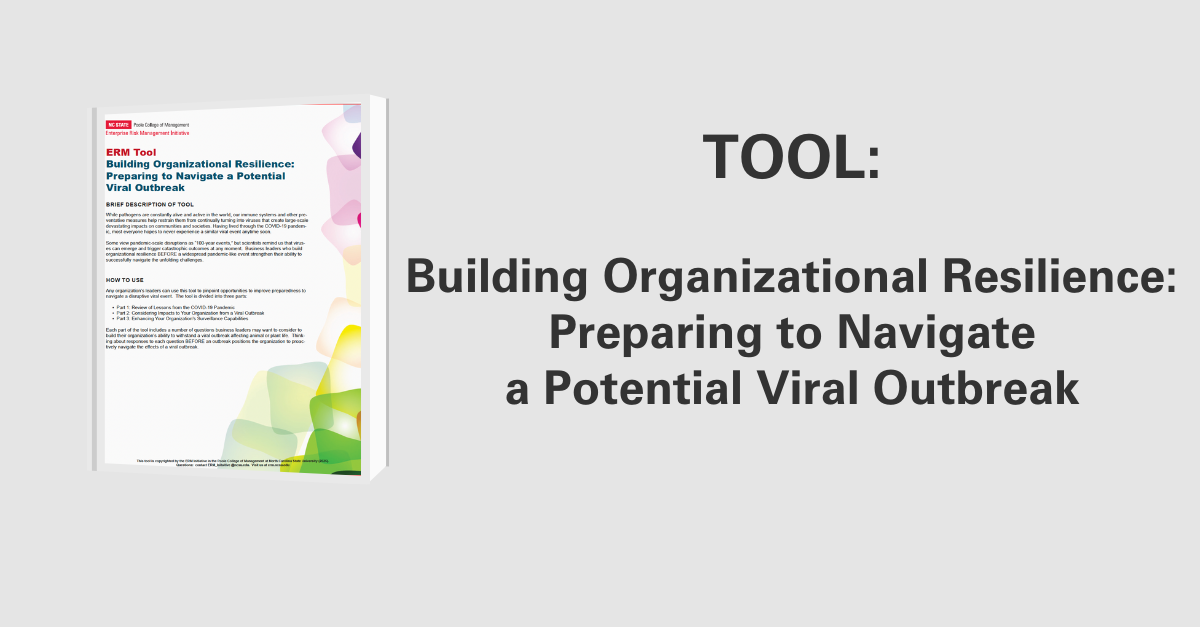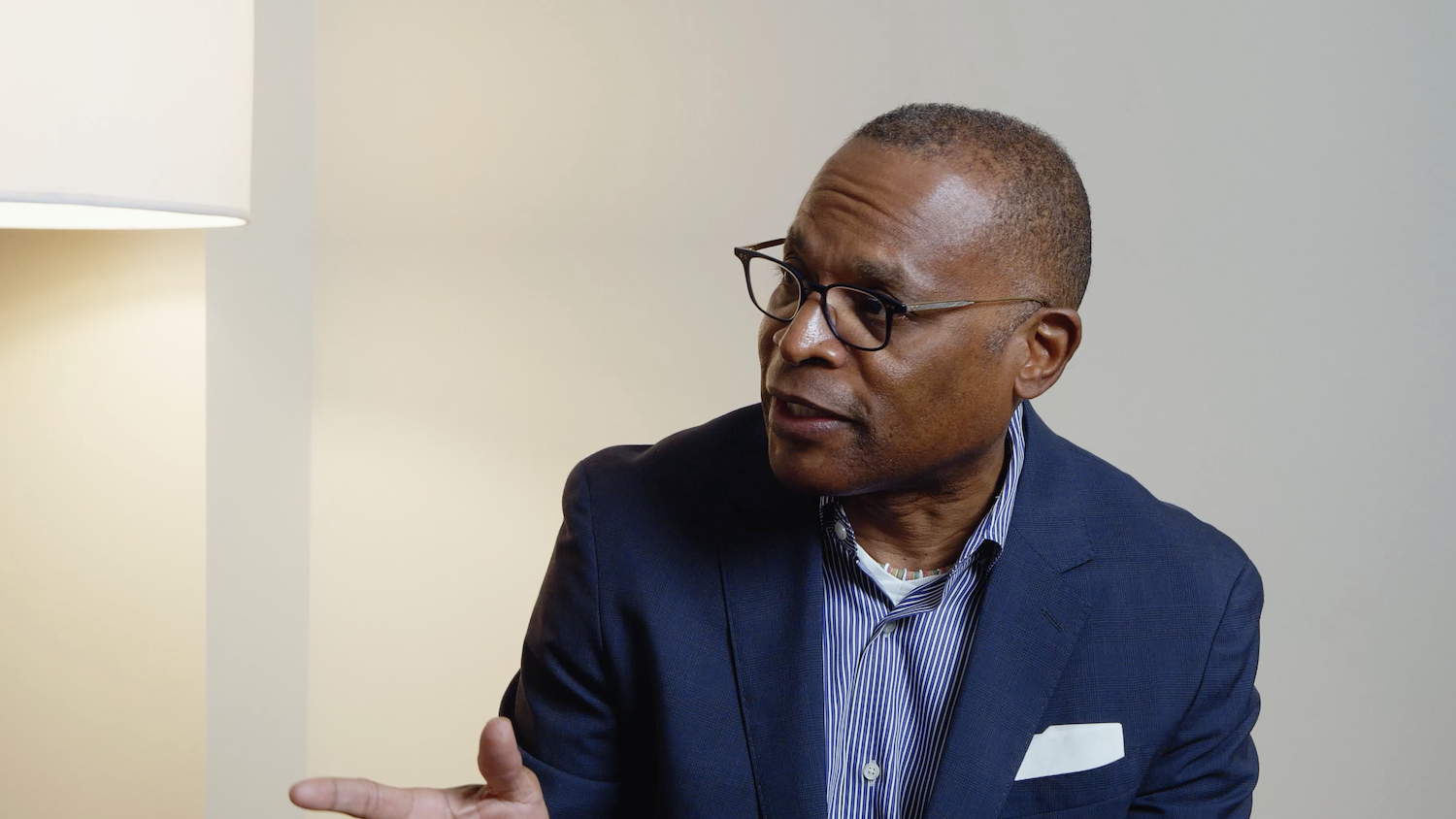Risk Identification through “Rooted Maps”
While metrics reveal that only 10 to 25 percent of economic activity is truly global, executives disproportionately embrace visions of opportunities in a borderless world. It is important for executives to structure their thinking around both distance and difference effects. This can be accomplished by looking at the world from the perspective of a particular country, industry, or company.
In this article reported in the McKinsey Quarterly, the author focuses on “rooted maps”- a tool that depicts the world from a specific perspective and with a particular purpose in mind. Rooted maps adjust the misperception that the world looks the same regardless of the viewer’s vantage point. In reality, geographic distance and differences in culture and policy matter. Rooted maps adjust the size or position of countries in relation to a specific home country, while maintaining familiar shapes and spatial relationships. The technology for creating these maps has improved substantially in recent years, so executives can now have customized maps generated with minimal time and relatively little cost.
In relation to risk identification, rooted maps can help detect both looming threats as well as broader external risks. For example, executives can use rooted maps to illustrate the world from the perspective of key competitors. As a leader, it is important to examine what your rivals are doing to reduce their sensitivity to distance. In addition, leaders should be realistic about where they can gain an advantage over competitors versus merely matching what competitors are doing in that country.
Rooted maps also allow executives to better visualize risks that may be clouded by received wisdom. For example, the article addresses the concept that capital knows no boundaries. The exposure of foreign banks to the “PIIGS” countries (Portugal, Ireland, Italy, Greece, and Spain) has been a major concern recently. These five countries are only a minor part of the global banking system, yet when looking through the lens of a rooted map from Germany’s perspective, one can see how much of a major player they are to Germany (Maps 4 and 5). The maps show that capital is more comfortable with nearby markets.
Other examples of rooted maps are illustrated in the article to visualize specific global risks. Rooted maps should be used by senior executives to make perceptions of the business environment more accurate. Remapping their mindsets will help executives to better identify key risks and thus make better business decisions.
Original Article Source: “Remapping your strategic mind-set“, McKinsey Quarterly, 2011
- Types:


